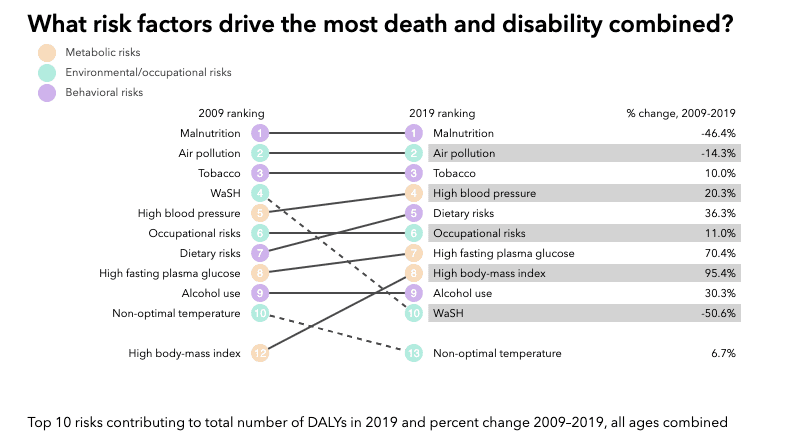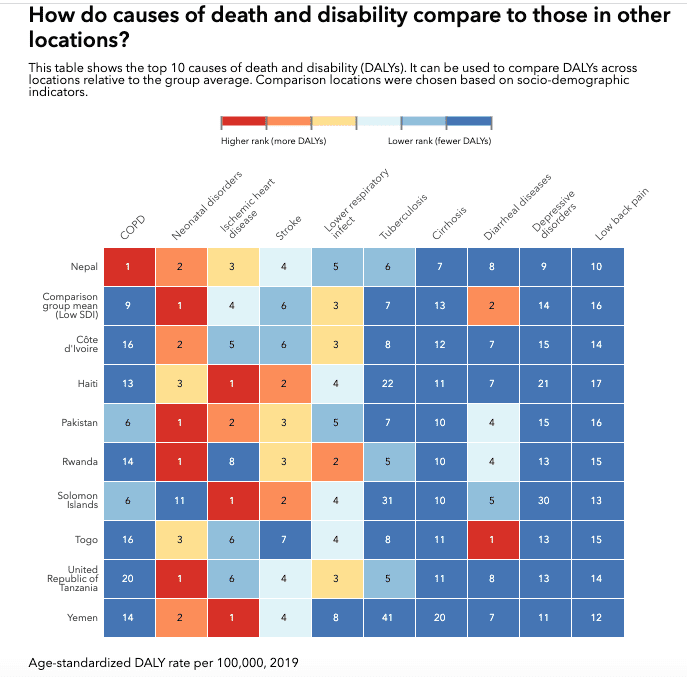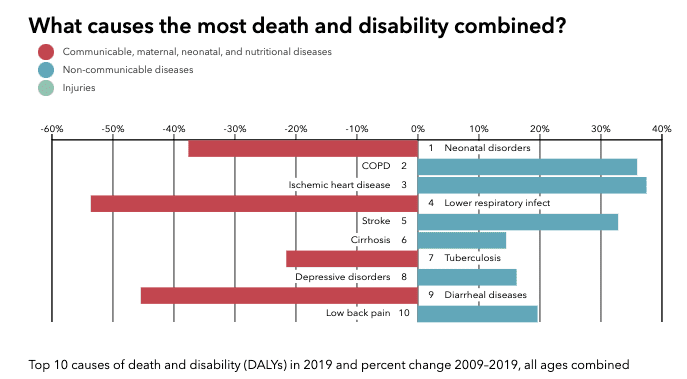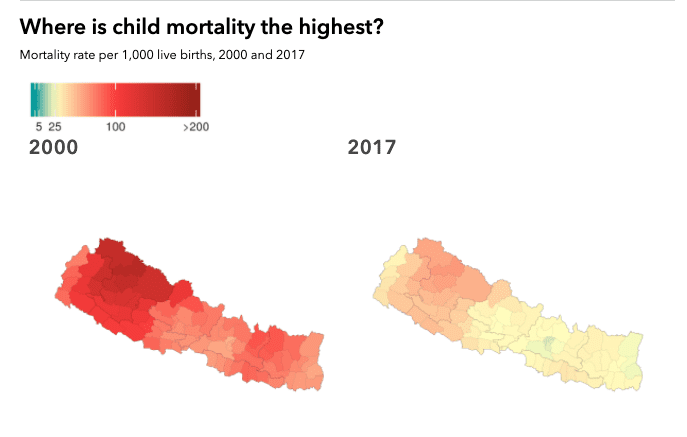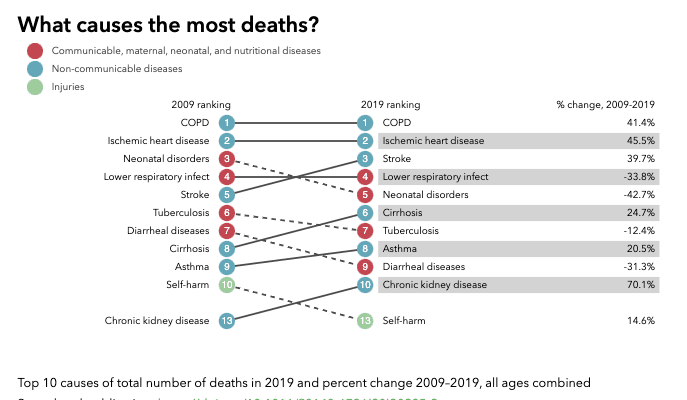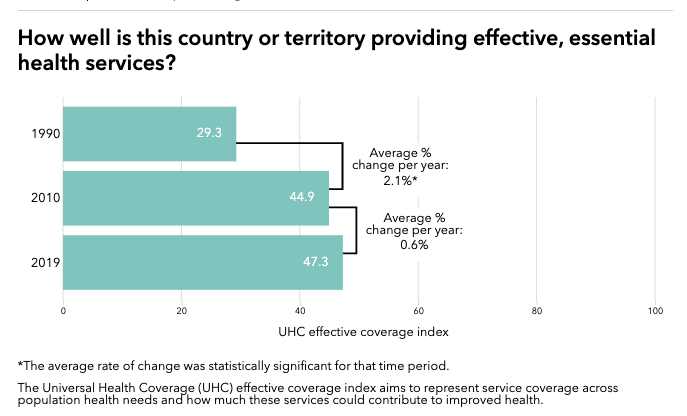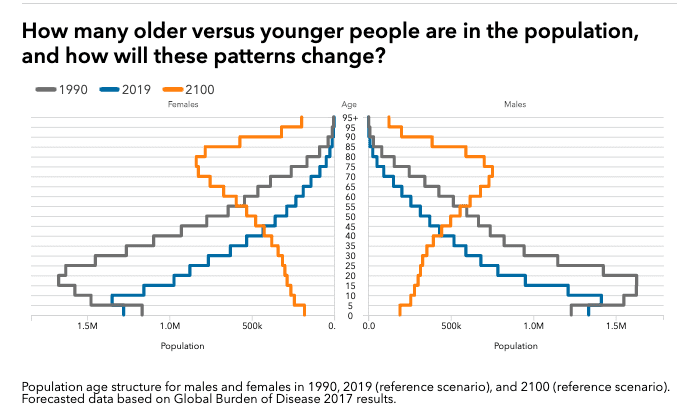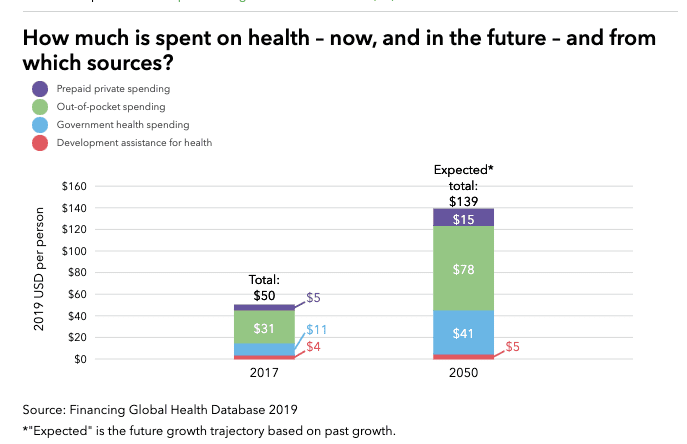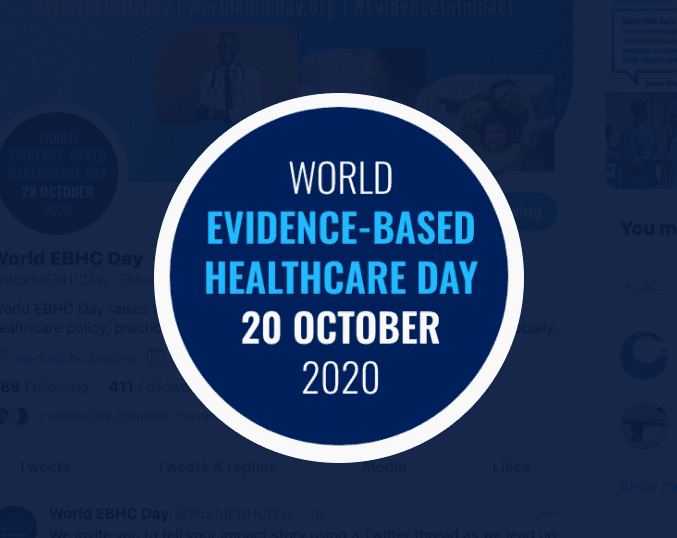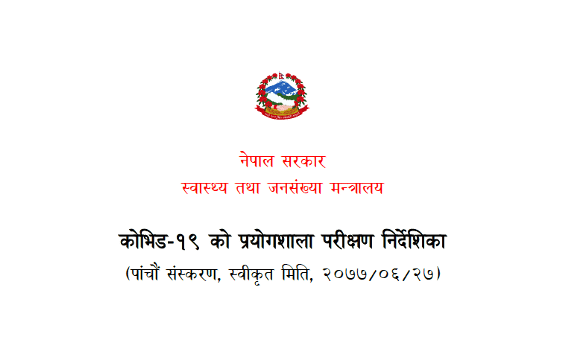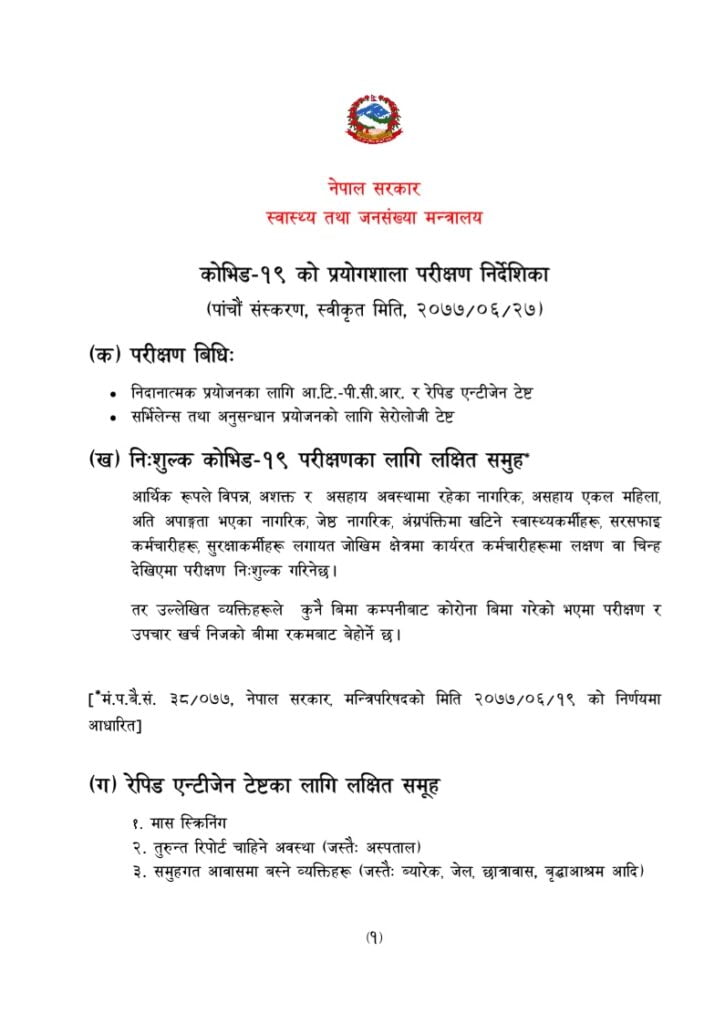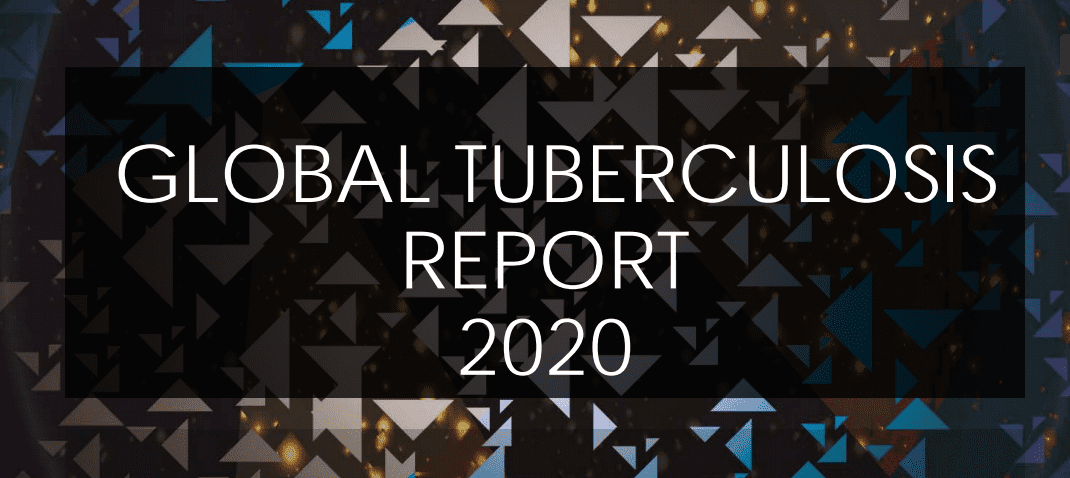The International Day for the Eradication of Poverty marked every year on 17 October. International Day for the Eradication is an opportunity to acknowledge the effort and struggle of people living in poverty, a chance for them to make their concerns heard, and a moment to recognize that poor people are the first ones to fight against poverty.
Persons living in poverty experience many interrelated and mutually reinforcing deprivations that prevent them from realizing their rights and perpetuate their poverty, including:
- dangerous work conditions
- unsafe housing
- lack of nutritious food
- unequal access to justice
- lack of political power
- limited access to health care
Theme for 2020
Acting together to achieve social and environmental justice for all
The theme for the Day this year addresses the challenge of achieving social and environmental justice for all. The growing recognition of the multi dimensionality of poverty means that these two issues are inseparably intertwined, and that social justice cannot be fully realized without aggressively rectifying environmental injustices at the same time.
Poverty Facts and Figures
- 736 million people lived below the international poverty line of US $ 1.90 a day in 2015.
- In 2018, almost 8 per cent of the world’s workers and their families lived on less than US$1.90 per person per day.
- Most people living below the poverty line belong to two regions: Southern Asia and sub-Saharan Africa.
- High poverty rates are often found in small, fragile and conflict-affected countries.
- As of 2018, 55 per cent of the world’s population have no access to at least one social protection cash benefit.
Source of info: https://www.un.org
- COVID-19 fallout could push half a billion people into poverty in developing countries
- World Bank and WHO: Half the world lacks access to essential health services, 100 million still pushed into extreme poverty because of health expenses
- The Nepal NCDI Poverty Commission Report
- Bridging a Gap in Universal Health Coverage for the Poorest Billion
Do you have a website? Looking for the best hosting provider? Here’s a discount code.
Latest Public Health Jobs
Latest Posts
- The 18th World Congress on Public Health (WCPH) 2026
- National workforce capacity for essential public health functions: Operational handbook for country-led contextualization and implementation
- World Conference on Lung Health Travel Grants 2025
- GIS Training Manual for Health Statistics
- WHO launches bold push to raise health taxes and save millions of lives
Thanks for visiting us.
Disclaimer: The resources, documents, guidelines, and information on this blog have been collected from various sources and are intended for informational purposes only. Information published on or through this website and affiliated social media channels does not represent the intention, plan, or strategies of an organization that the initiator is associated with in a professional or personal capacity, unless explicitly indicated.
If you have any complaints, information, or suggestions about the content published on Public Health Update, please feel free to contact us at blog.publichealthupdate@gmail.com.
#StayUpdated




